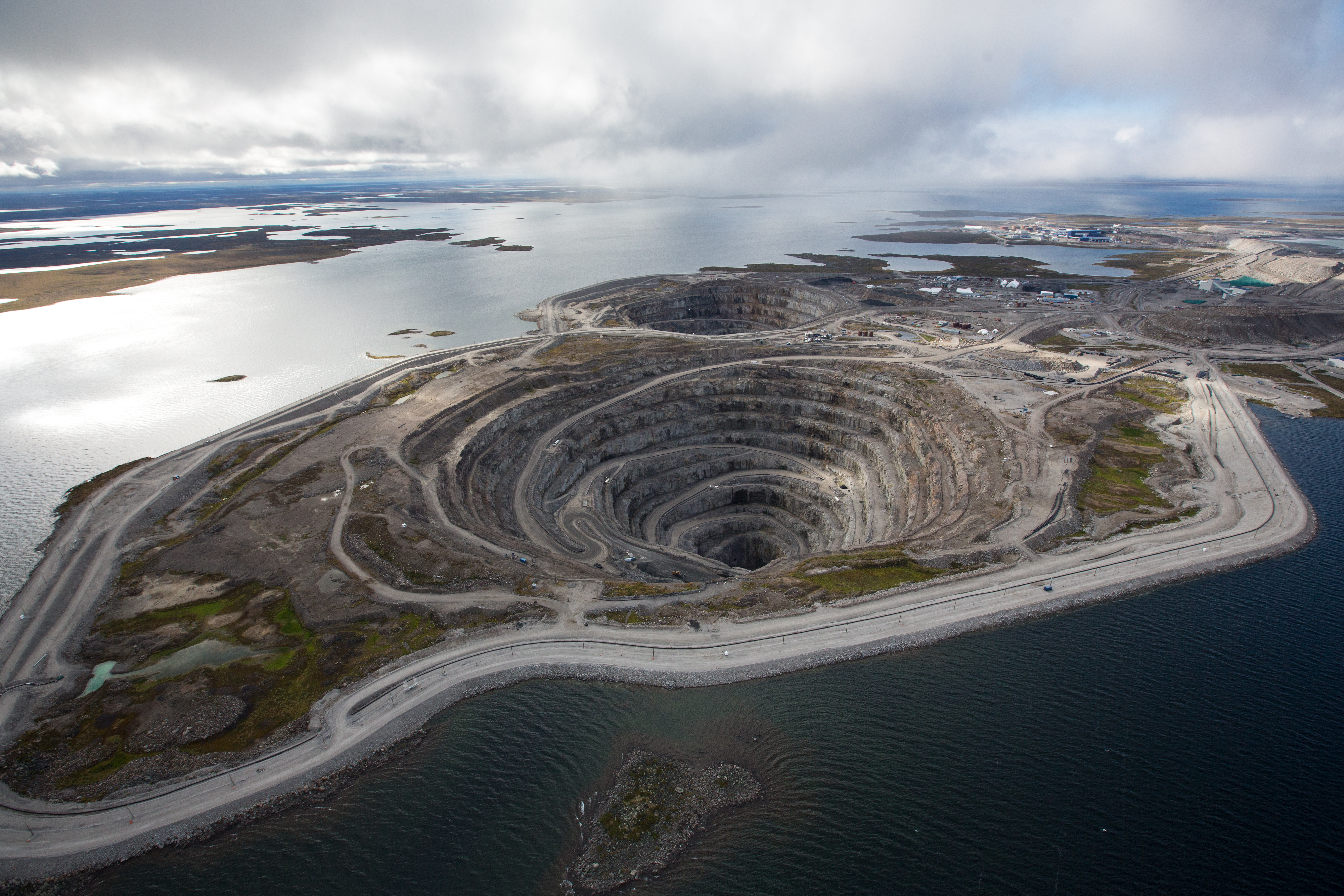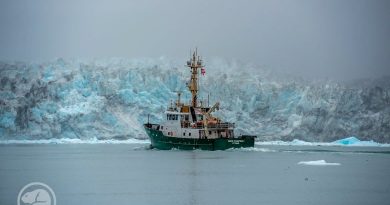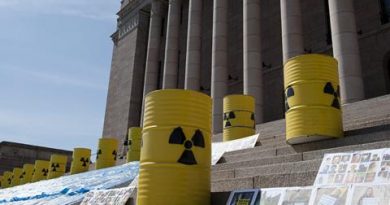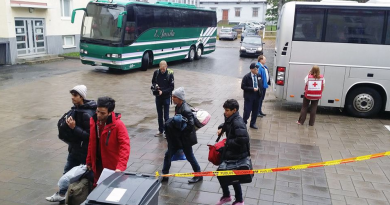187.7 carat diamond unearthed in Canada’s North

The largest diamond ever found in Canada made its international debut at an exclusive preview at Kensington Palace in London Wednesday.
The 187.7 carat gem-quality rough diamond, known as The Diavik Foxfire, was discovered at the Diavik Diamond Mine in Northwest Territories, about 220 km south of the Arctic Circle.
“We are delighted to showcase this exceptional, two billion-year-old Canadian diamond,” said in a statement Jean-Marc Lieberherr, managing director at Rio Tinto Diamonds, which has a 60 per cent stake in Diavik. “Its ancient beginnings, together with the fortitude, finesse and innovative technology required to unearth a diamond in the challenging sub-arctic environment, make it a true miracle of nature.”
The Diavik Foxfire has also been bestowed an indigenous name, Noi?eh Kwe, which in the Tlicho language means the Great Caribou Crossing.
“I am very pleased that this has been named to honour the area of the caribou crossing, as this has been important to the Tlicho since time immemorial,” Tlicho Grand Chief Edward Erasmus said in a statement.
After its showcase in London, the Diavik Foxfire will return to Antwerp, the world famous centre for diamond cutting and polishing. The 187.7 carat rough diamond is expected to yield at least one very large polished diamond with, its ultimate destiny in an exclusive heirloom piece of jewellery, Rio Tinto officials said.
Diamond superpower
Canada is a relative newcomer to diamond mining. De Beers, the world’s leading diamond company, started prospecting for diamonds in Canada in the early 1960s. In 1987, a second year geology student Brad Wood who was working for De Beers stumbled upon kimberlite rocks, volcanic rocks that sometimes contain diamonds, while fishing on Attawapiskat River, in the James Bay lowlands of Northern Ontario. The site would eventually become today’s Victor Mine.
But it wasn’t until 1991, when two enterprising geologists, Stewart Blusson and Chuck Fipke, discovered large diamond deposits in the Lac de Gras region of the Northwest Territories that the word learned of Canada’s Arctic diamonds.
Diamond production at the Anglo-Australian mining giant BHP Billiton’s EKATI Mine in the Lac de Gras region, about 300 kilometres northeast of Yellowknife, started in 1998 (Fipke and Blusson, each hold a 10 per cent share in the EKATI Mine). In 2003, Rio Tinto, another giant British-Australian mining and metals company, opened its Diavik Mine not far from EKATI. And in 2008, De Beers opened its first Canadian mine at Snap Lake about 220 kilometres northeast of Yellowknife.
Ontario joined Canada’s diamond club in 2008, when De Beers started commercial diamond production at its Victor mine, about 90 kilometres west of the First Nations community of Attawapiskat, in northern Ontario. And Quebec is expected to join Canada’s diamond producing club once the Renard Mine owned by Stornoway Diamonds becomes operational in 2016.
In less than a decade, Canada was propelled to the diamond mining major leagues, becoming the world’s third-largest producer, behind Botswana and Russia, producing 15 percent of the world’s diamonds by value.
Related stories from around the North:
Canada: What happens after the diamond mines close? (Video), Eye on the Arctic
Finland: Local opposition buries plans for diamond mine in Arctic Finland, Yle News
Greenland: The donut hole at the centre of the Arctic Ocean, Blog by Mia Bennett
Norway: Mining co. on bankruptcy brink in Arctic Norway, Barents Observer
Sweden: Relocation of Arctic mining town underway in Sweden, Radio Sweden
United States: Alaska – Judge temporarily halts EPA process on Pebble Mine, Alaska Dispatch



